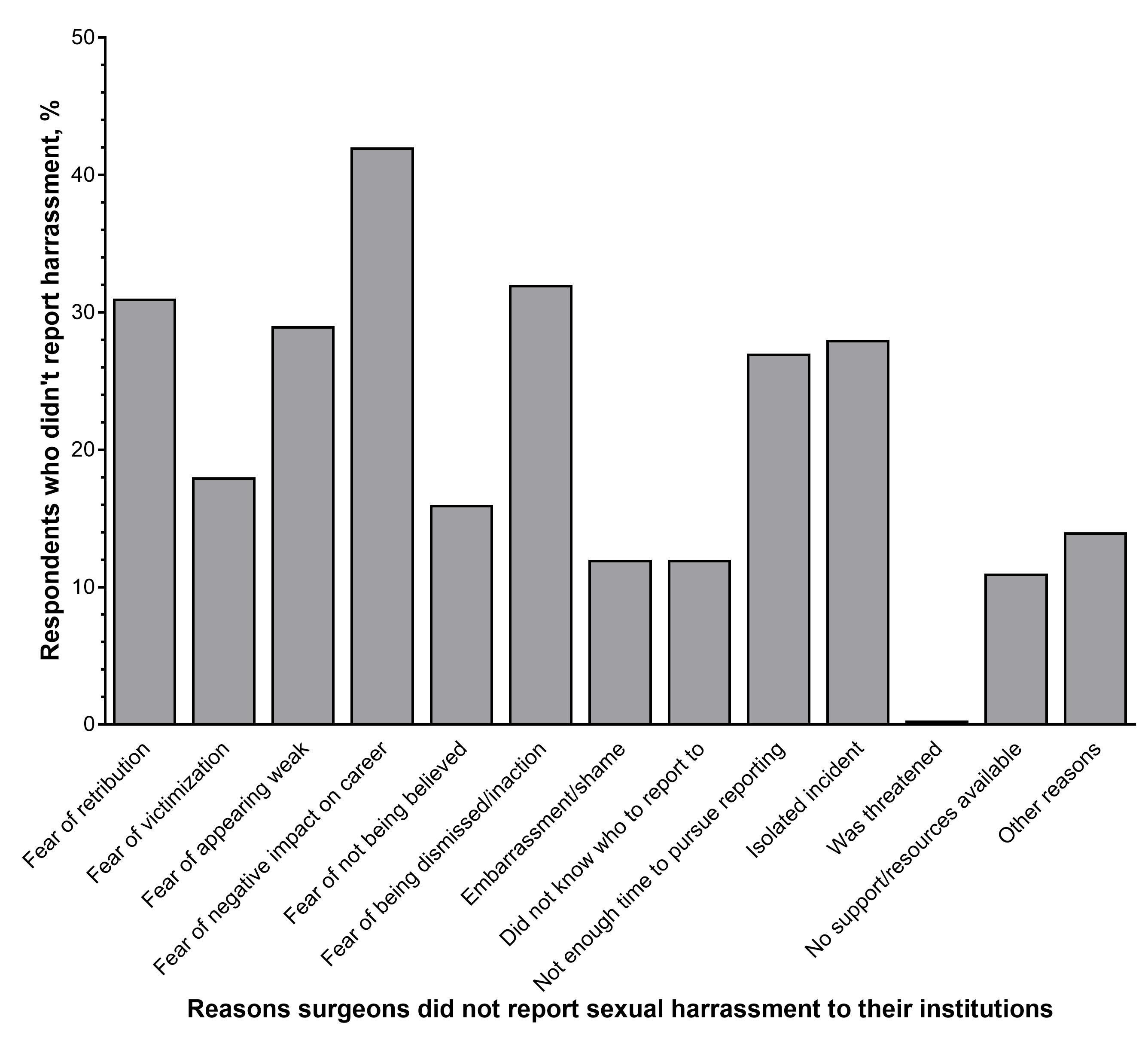C. Totten1, J. Tharappel1, J. S. Roth1 1University Of Kentucky,General Surgery/Surgery/Medicine,Lexington, KY, USA
Introduction: Incisional hernia formation compliates up to 30% of abdominal operations. Doxycycline, an inhibitor of MMPs, can enhance the hernia repair strength, increase collagen 1 depositon and reduce collagen 3 deposition. The optimal timing and duration of treatment is not well understood. The present study evaluates the effect of duration of doxycycline treatment on hernia repair strength and collagen deposition in an animal model.
Methods: 42 male Sprague Dawley rats underwent hernia creation and repair with a polypropylene mesh. Animals were randomly assigned into 6 groups: (1) 16 weeks of doxycycline treatment with 8 week additional survival (24 weeks total) (2) 16 weeks of saline treatment and 8 weeks additional survival (3) 8 weeks of doxycycline treatment and 8 weeks additional survival (4) 8 weeks of saline treatment and 8 weeks additional survival, (5) 16 weeks of doxycycline treatment with no additional survival, (6)16 weeks of saline treatment and no additional survival. After the assigned treatment and interval times, abdominal walls with implanted mesh were harvested and tensiometric testing and biochemical analyses were performed.
Results:42 animals underwent hernia repair with survival. Animals administered doxycycline for 8 weeks demonstrated no improvement in hernia repair strength relative to controls ( Group 1- 20.46 N vs. Group 2 -18.85 N, NS) . Animals receiving 16 weeks of doxycycline with 24-week total post hernia repair survival time demonstrated enhanced abdominal wall strength relative to control (Group 3 -18.55 N vs Group 4 – 15.95 N, p=.06). Animals treated continuously with doxycycline for 16 weeks up until the time of necropsy demonstrated improved abdominal wall strength (Group 5 – 23.77 N vs. Group 6 – 20.63 N, p=.008). Collagen 1 deposition was increased and MMP-2 was decreased in the animals treated with doxycycline for 16 weeks.
Conclusion:In an experimental model of hernia repair, doxycycline administration for 16 weeks was associated with enhanced tensiometric strength and greater collagen 1 deposition than placebo whereas 8 weeks of doxcycyline therapy was not effective. In light of this finding, future studies evaluating the impact of doxycycline upon hernia repair outcomes should utilize longer durations of therapy. Future studies are needed to ascertain the benefits of doxycycline in hernia repair beyond 16 weeks duration. Translational studies utilizng doxycycline are required to evaluate the impact upon clinical outcomes.









